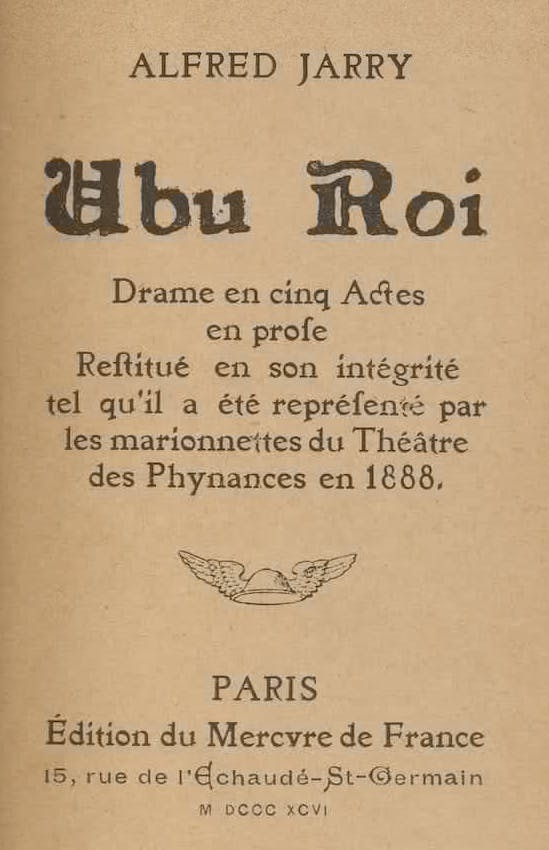* * *

Surrealism is a word with which most of us are on speaking terms—but it’s also a near-dead metaphor. To describe something as “surreal” is now little more than a fancy way of calling it “weird,” and my guess is that only people familiar with art history will know that the term refers to a specific branch of modernism.
Part of the reason why this is so is that the fantastic visions of surrealist art and Dada, its immediate ancestor, have long since woven themselves into the fabric of everyday life so tightly that we take them for granted. If you’ve ever laughed at the non sequiturs of a “Monty Python” skit, or listened to the oddly tilted yet strangely beautiful music of Erik Satie while relaxing in a spa, you’ve tasted the fruits of surrealism. From the once-revolutionary “theater of the absurd” of Samuel Beckett to the wildly askew farces of David Ives, modern theater has been deeply informed by the governing premises of surrealism. Like all the great avant-garde ideas of the past, it is now part of the air we breathe.
And where did it come from in the first place? New York’s Morgan Library & Museum is answering that question with “Alfred Jarry: The Carnival of Being,” an exhibition on display through May 10. I can’t imagine that “The Carnival of Being” will draw large crowds, since Jarry is mostly unknown by name in this country. Yet he deserves more credit than anyone else for divorcing Western art from Western rationalism, replacing it with a kind of logic—or anti-logic—of the absurd….
* * *
Read the whole thing here.